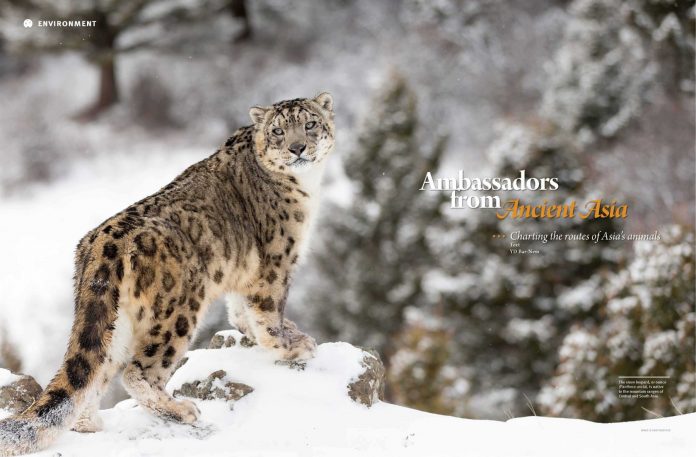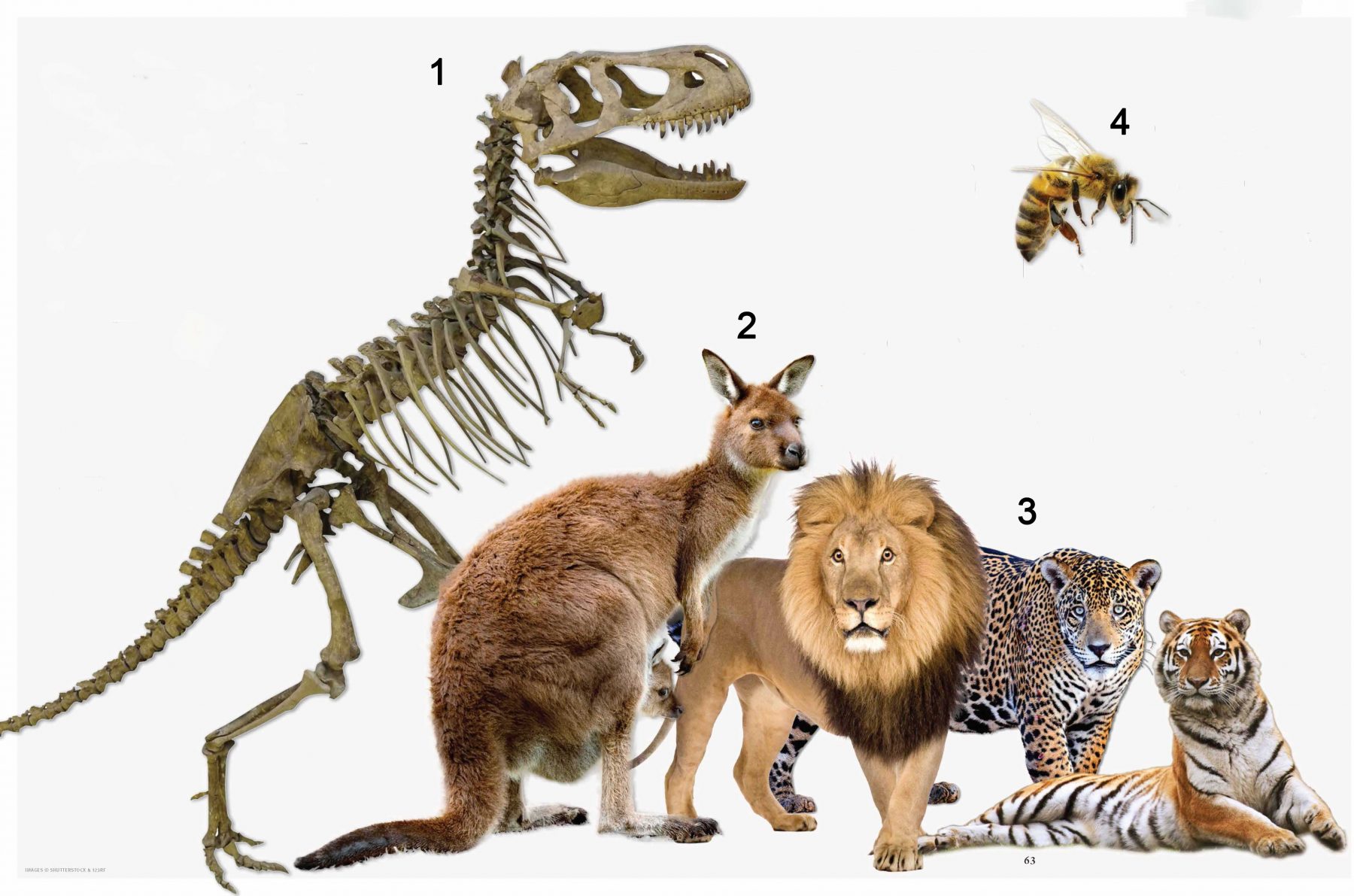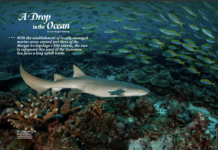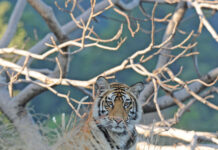An ambassador travels to distant parts of the world and brings stories with them from their homeland. Today, Asia – Earth’s supercontinent – is home to many important animal groups that have deep genetic roots tied to the region’s ancient landscapes.
Finding the geographical localities of these species in compiling a map of their evolutionary origins is something of a puzzle. Our tools are primarily rare, often minimal, fossil remains, with additional insights offered by the relative distributions of related species; we can also employ genetic dating techniques to place their origins. These animal ambassadors may surprise you: Some of these species are no longer found in Asia, having travelled in different migratory trajectories; others are remembered only through their fossilised remains, leaving their stories for us to interpret millions of years later.
1. THE FAMOUS DINOSAUR
TYRANNOSAURUS REX
Tyrannosaurus rex,
known from a North American fossil that is around 66 million years old, has recently been subjected to
a study that compares it to similar dinosaur species – the tyrannosaurids. By comparing a wide range of bone measurements, a new hypothesis has been formed that Tyrannosaurus, with its two closest relatives found only in Asian fossils, may actually have originally been located in Asia, and then migrated to the Americas.
2. An Unexpected Origin
MARSUPIALS
Marsupials are a lineage of mammals with a specially-adapted pouch in which mothers rear their young. While the most well-known species are the Australian kangaroo and the koala bear, it turns out that the earliest fossil evidence of marsupials is from 125-million-year-old deposits in the Yixian Formation in northeast China, which houses a well-preserved skeleton of Sinodelphys szalayi. In North America during the Late Cretaceous period some 80 million years ago, marsupials were abundant and widespread. Today, they are mostly found in Australia and South America; the opossum, or “possum”, is a marsupial found in North America, which has migrated northwards across the Panama Land Bridge.
3. The Fiercest Predators
PANTHERS
There are very few animals whose steady gaze will leave you shaking in your boots, and this is certainly the case when confronted with any of the big cats: the Pantherinae. Like humans, tigers, lions, jaguars, and leopards are – in evolutionary terms – quite young, having been around for an estimated six million years, although very few fossils have been found. The oldest known remains are from the Tibetan Plateau, identified as Panthera blytheae. This recent discovery connects with DNA studies that point to the Asian origins of this stealthy cat.
4. The Pollinators
HONEYBEES
Apis mellifera descends from colonial wild bees that lived in Asia 300 years ago. Their honey has been enjoyed by humans for thousands of years, and bees appear in some of the earliest cave paintings in India, Australia, Spain and parts of Africa; some of these paintings are almost 40,000 years old. The human management of bees as a reliable food producer is first depicted in relics of 9,000-year-old pottery found in western Asia.
Check out the rest of this article in Asian Geographic No.122 Issue 6/2016 here or download a digital copy here












